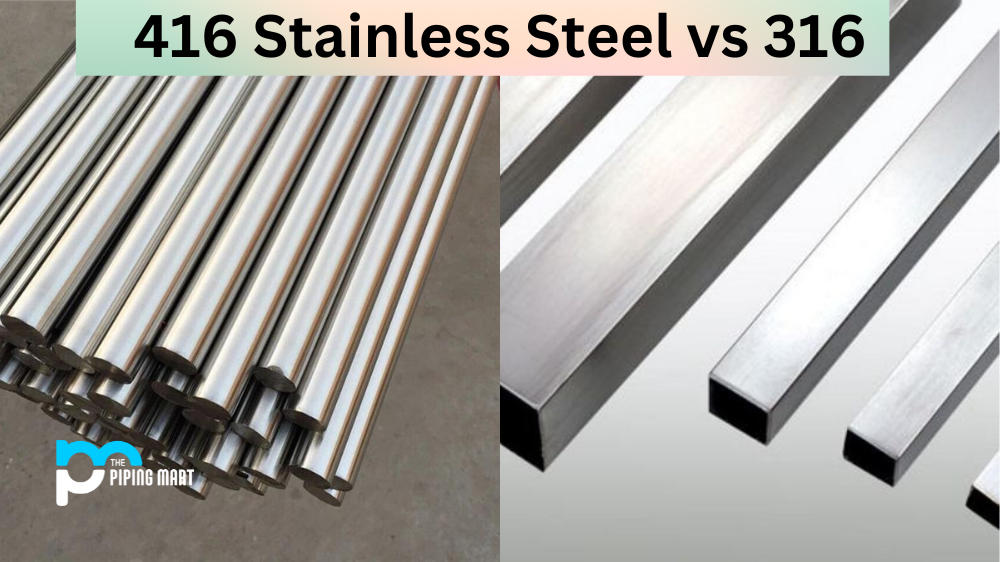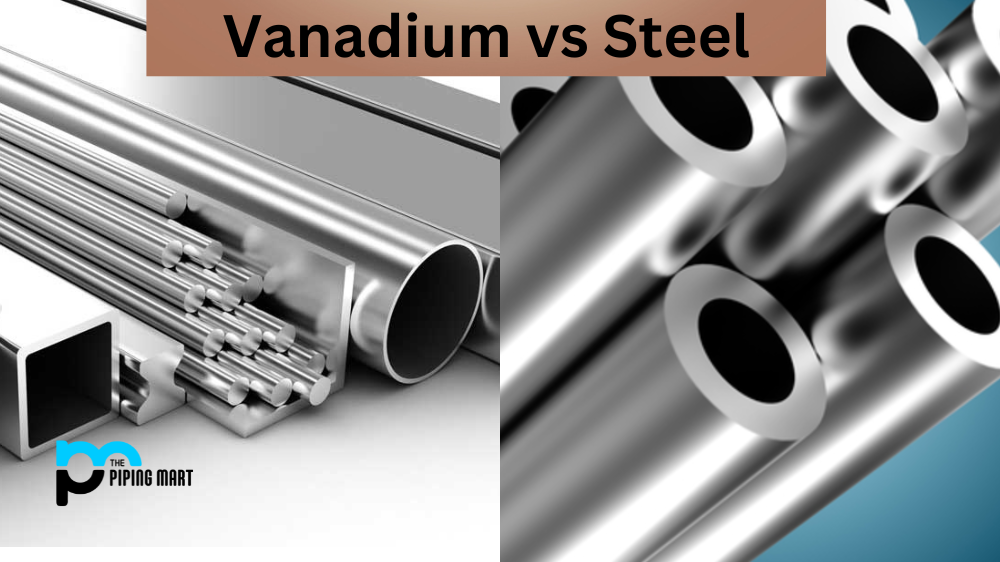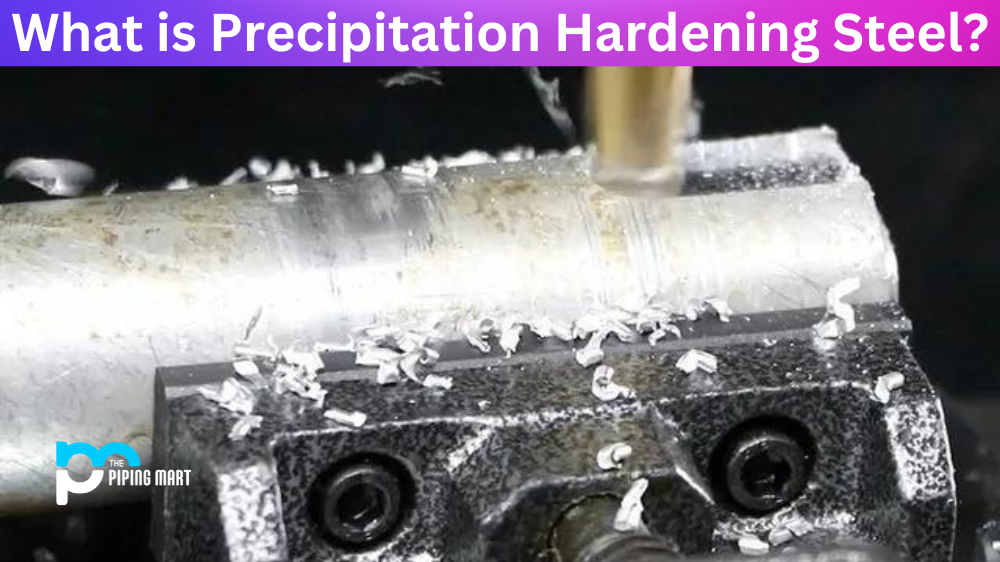When choosing the right type of stainless steel for your project, many options exist. Two of the most popular types of stainless steel are 416 and 316. While they may seem similar, these two grades of stainless steel have significant differences that are important to consider when choosing the right one for your project. This post will deeply dive into the features, benefits, and drawbacks of 416 stainless steel and 316 stainless steel to help you decide which type of stainless steel is right for your specific project needs.
What is 416 Stainless Steel?
416 stainless steel is a martensitic type of stainless steel that contains sulfur. This steel has high machinability, which makes it the perfect choice for applications that require intricate designs and shapes. Besides, 416 stainless steel is excellent for applications requiring high hardness, strength, and corrosion resistance.
Some common applications of 416 stainless steel include gears, valves, and various mechanical parts that require good hardness, strength, and corrosion resistance. However, it is worth noting that 416 stainless steel has low corrosion resistance compared to other stainless steel grades, making it less suitable for some applications.
What is 316 Stainless Steel?
316 stainless steel, also known as marine-grade stainless steel, is an austenitic type of stainless steel highly resistant to corrosion and high temperatures. This type of steel is composed of molybdenum, which enhances its corrosion resistance and makes it perfect for use in applications that come into contact with saltwater or other harsh elements.
Some common applications of 316 stainless steel include marine hardware, medical equipment, and food processing equipment. Its high corrosion resistance makes it a popular choice in chemical and petrochemical industries.
Difference Between 416 Stainless Steel and 316
When deciding between 416 and 316 stainless steel for your project, it’s essential to consider the application-specific requirements, such as mechanical strength, corrosion resistance, temperature, and environmental factors. It’s worth noting that while 316 stainless steel is more expensive than 416 stainless steel, it has higher corrosion resistance and can offer much better protection in the long run. Still, in the end, the choice depends on the nature and requirements of your application.
Composition
The main difference between 416 and 316 stainless steel is their chemical composition and resultant properties. While both steel grades contain chromium, 316 stainless steel has notably higher levels of nickel, molybdenum, and other elements, making it more expensive and corrosion-resistant. In comparison, 416 stainless steel has lower corrosion resistance but is more affordable.
Welding
Another significant difference between the two grades is their compatibility with welding and other fabrication methods. 416 stainless steel is easier to machine and weld, while 316 stainless steel is more difficult to machine and weld due to its higher nickel content. However, 316 stainless steel is suitable for welding, but proper care must be taken to avoid creating cavities or joints that could create a corrosion risk.
Conclusion
In summary, when looking for the right type of stainless steel for your project, it is crucial to understand the differences between 416 and 316 stainless steel. While 416 stainless steel is more affordable and easier to machine, it has lower corrosion resistance. There may be better choices for applications that require long-term protection from corrosion. On the other hand, 316 stainless steel offers excellent corrosion resistance, but it’s more expensive and harder to machine. Ultimately, the choice between the two types depends on the specific requirements of your application.

A passionate metal industry expert and blogger. With over 5 years of experience in the field, Palak brings a wealth of knowledge and insight to her writing. Whether discussing the latest trends in the metal industry or sharing tips, she is dedicated to helping others succeed in the metal industry.




